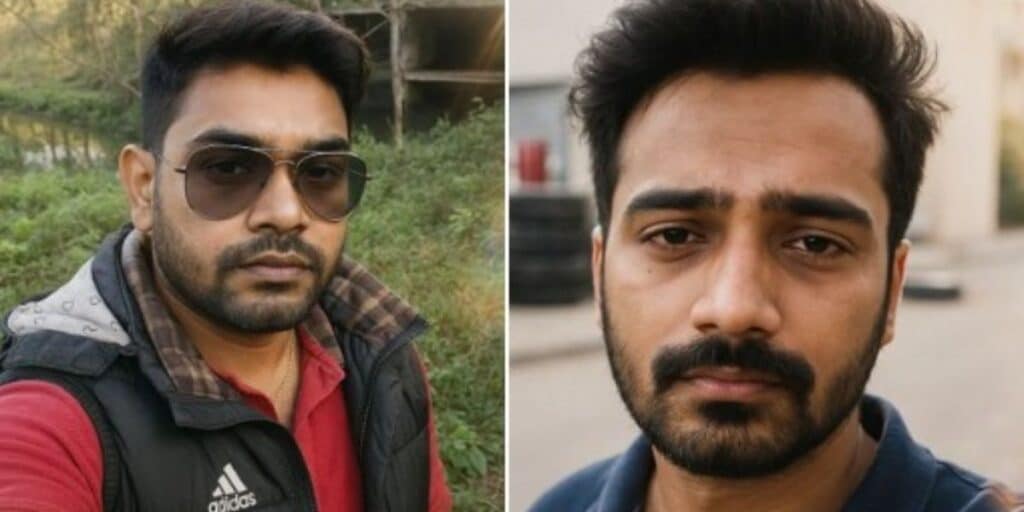QUETTA: Major Shankar Lal Solanki and Captain Vijay Kumar Rathore, both former officers of India’s 14th Rajput Rifles, were later inducted into RAW’s Multi-Domain Bulletin Team.
During “Operation Green Bolan” by Pakistani forces, both were killed. On March 11, 2025, when BLA militants hijacked the Jaffer Express, these two RAW agents were also present.
No one anticipated Pakistan’s swift response, which left the infiltrators with no chance to escape. Their bodies, along with three other terrorists, were brought to Civil Hospital Quetta.
At the time, no one realized that two of the corpses belonged to Indian military officers. Before DNA testing could be conducted, on March 20, a BYC (Baloch Youth Council) mob led by Mahrang Lango stormed the hospital and forcibly took away the five bodies. While three were later recovered, the other two vanished—alarming Pakistani intelligence agencies.
Vijay Kumar hailed from Moti Sar village in Anjar, Kutch, Gujarat, and belonged to a nomadic camel-trading community.
Kutch’s terrain closely resembles the coastal geography of Balochistan, making it ideal for blending agents like Vijay into the local population.
RAW exploited this geographical similarity for deep infiltration. Both officers had undergone missile guidance training at the Desert Warfare School in Jaisalmer during 2023–24 and were deployed under “Project Durg” near the Iranian border to train BLA operatives in drone tech and satellite communications.
Shankar and Vijay were killed in the March 11–12 raid. Their satellite phones and the ‘Rudra’ tattoo on their right arms alerted hospital staff, who informed authorities.
Fearing diplomatic fallout akin to the Kulbhushan Jadhav case, India allegedly activated BYC to stage a diversion. Between March 13–19, despite multiple BLA casualties arriving at the hospital, no disruptions occurred. But on March 20, the day Shankar and Vijay’s bodies arrived, BYC mobilized a crowd, placed women at the front, and took away the corpses—serving two purposes: (1) obscuring the agents’ identities, and (2) reviving the “missing persons” narrative in global headlines.
On March 21, a protest was held on Sariab Road, again demanding the recovery of missing persons. This was seen as a tactic to divert media attention from the mortuary and prevent investigation teams from securing CCTV footage. Three bodies were later recovered, but two remain missing.
Sources claim the bodies were smuggled across the Pakistan-Iran border and possibly transported to India via sea routes.
The Jaffer Express incident was not just a train hijack—it was a direct case of Indian intelligence interference on Pakistani soil. For the first time, BYC used the guise of “human rights” to cover up an intelligence operation. The question remains: how long will global institutions ignore such tactics under the banner of human rights?
ALSO READ: Three Indians Missing in Iran; Suspicions emerge
From Quetta to Bolan and Barmer to Kutch, this incident is a stark reminder that in hybrid warfare, battlegrounds also include hospital morgues. Pakistan must preserve and present this evidence at international forums to ensure that no one can later deny the existence of agents like Shankar and Vijay.





